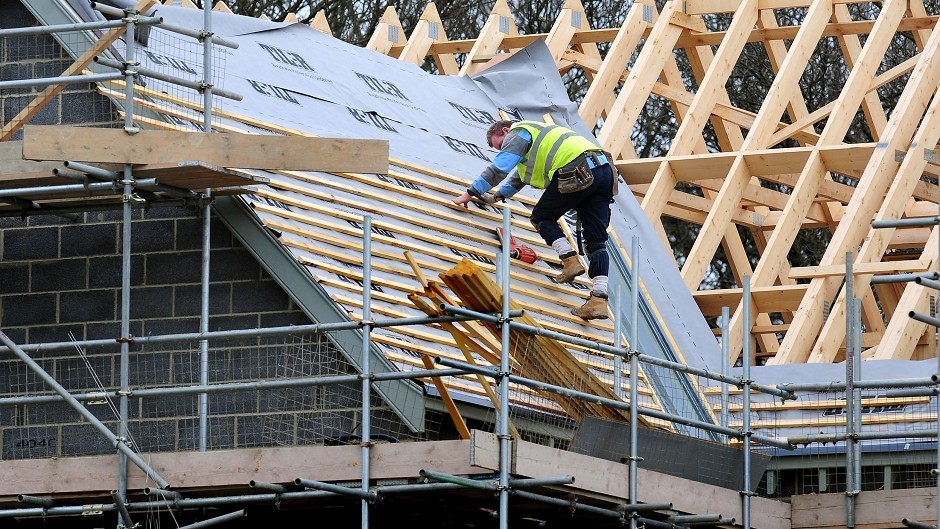The recovery of Scotland’s construction sector could be compromised if action isn’t taken to tackle fraud, a new report has warned.
Grant Thornton UK said fraud has become so commonplace within Scotland’s construction industry that it risks seriously damaging growth in the sector.
In 2009, just months before the construction industry bubble burst, research for the Chartered Institute of Building found that third of construction companies in the UK had experienced fraud.
Some of Scotland’s most common construction fraud issues include manipulation of percentage completion schedules, releasing payments early, post-tender award change orders, add-ons and budget overruns.
More than 170,000 people in Scotland are employed in construction, working for more than 31,000 businesses.
The industry was one of the worst hit by the recent global economic downturn but as growth and momentum start to return so too do opportunities for fraud.
James Andersen from Grant Thornton UK’s Head Property and Construction team in Scotland, said: “Scotland’s construction sector is finally catching up with the rest of the economy with output increasing by around 10% in the last twelve months. While that’s naturally welcome news, it also carries a risk that we could see the return of some of the major issues the sector faced pre-recession.
“What’s needed now is for Scotland’s business community to better recognise that fraud and corruption is one of the economy’s biggest growth threats. Companies also need to take a tougher stance on fraudulent cases by prosecuting offenders more often and sending out a clear message that Scotland’s construction industry is open for business and not for fraud.”
Scottish Building Federation Managing Director Vaughan Hart said: “Clearly, like all economic sectors, the construction industry must be continuously vigilant about the potential risks posed by fraudulent activity. One of the notable effects of the economic downturn has been a fragmentation of the industry as many individual construction workers affected by industry bankruptcies have set up in business for themselves.
“Particularly for those carrying out subcontracted work, constant competitive pressure can lead to the temptation to cut corners to make ends meet. Lead contractors and industry bodies such as the SBF have a responsibility to provide appropriate support and advice to smaller companies to minimise the risk of fraudulent or corrupt activity taking place.
“Clients who are concerned about fraud should seek out contractors affiliated to reputable trade associations such as SBF, providing assurance that their chosen company will observe the highest standards of probity through adherence to a strict Code of Conduct – and access to adjudication processes in the event that things do go wrong.”
Last week revised data from the Office for National Statistics (ONS) found the beleaguered construction industry had not performed as badly in the second quarter as had been thought.
The UK sector had flat quarter-on-quarter growth compared to the initial estimate of a 0.5% contraction.
